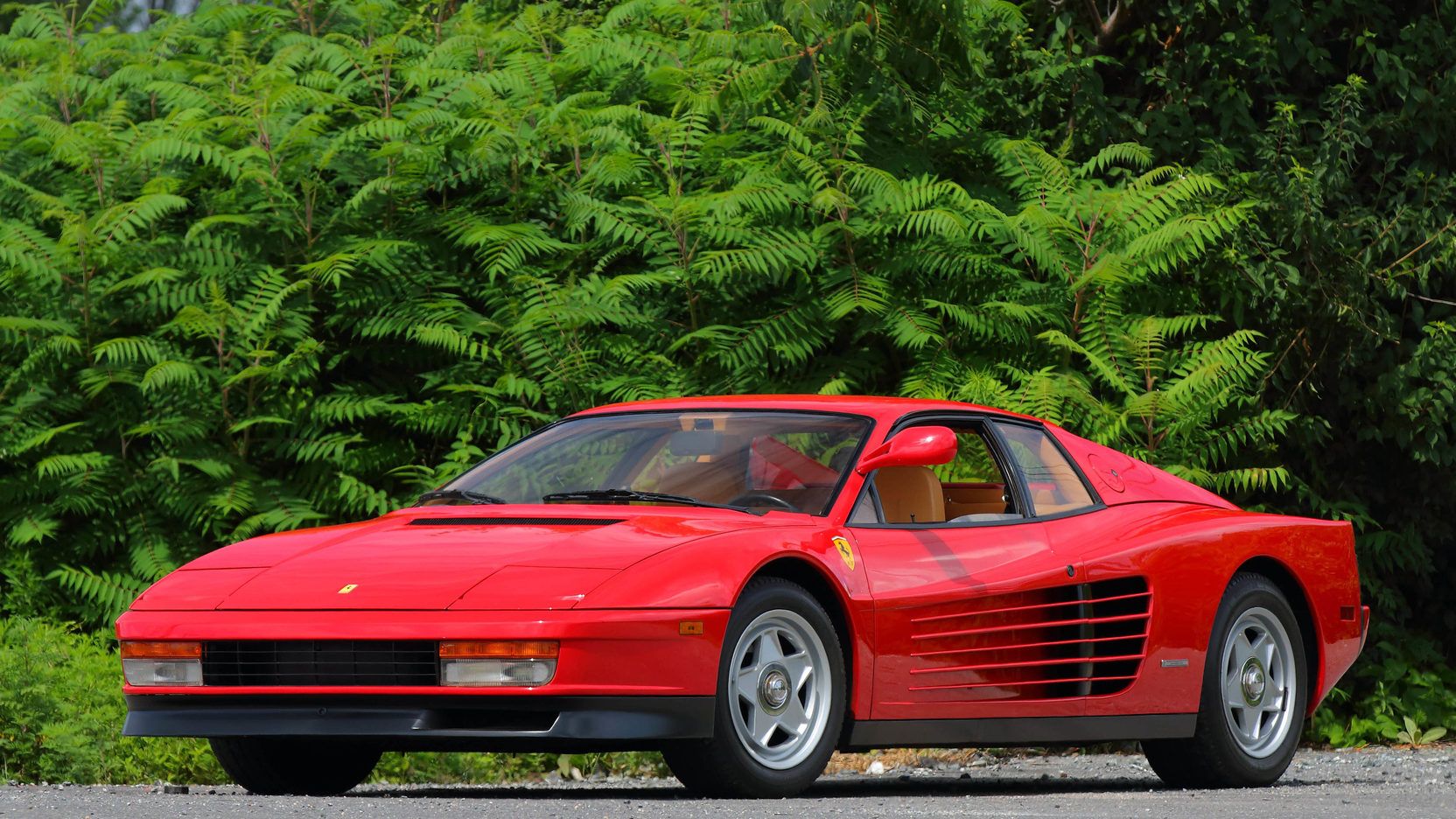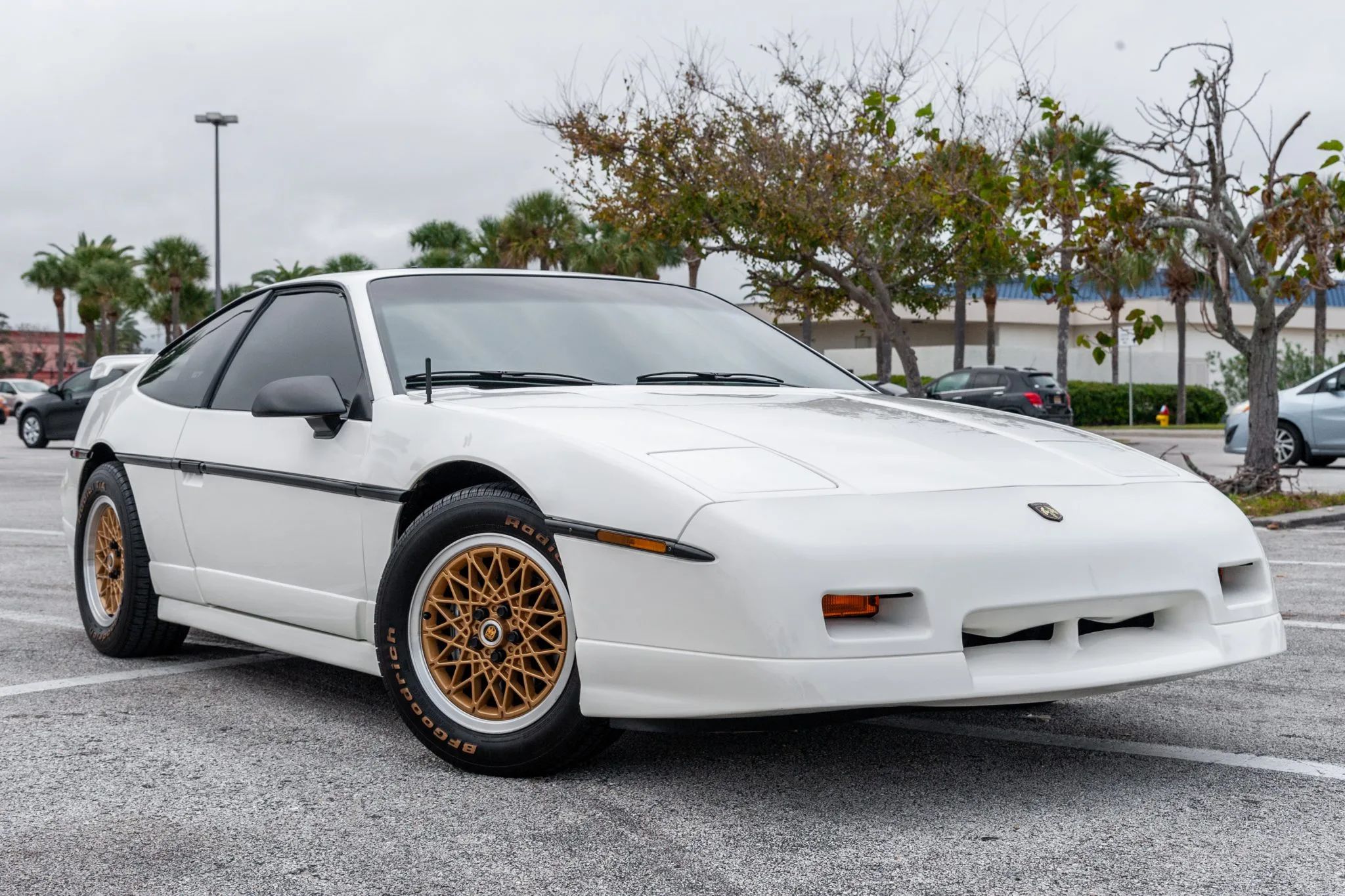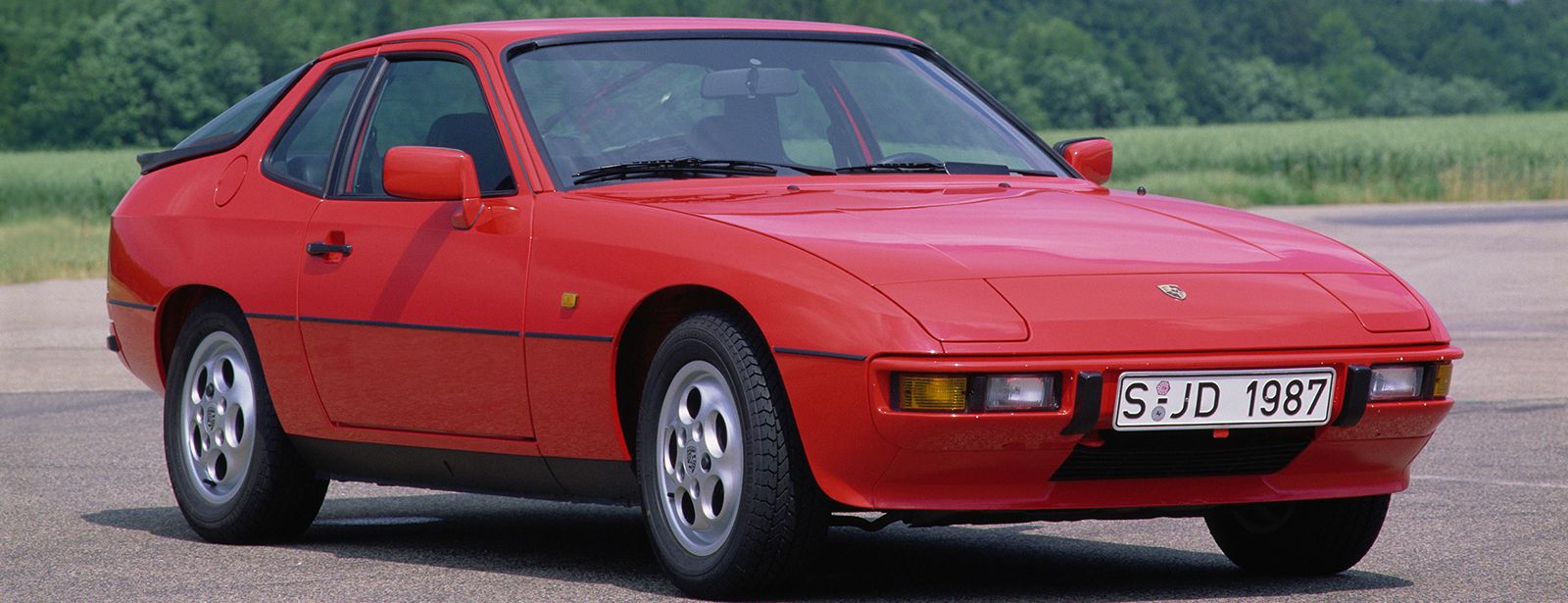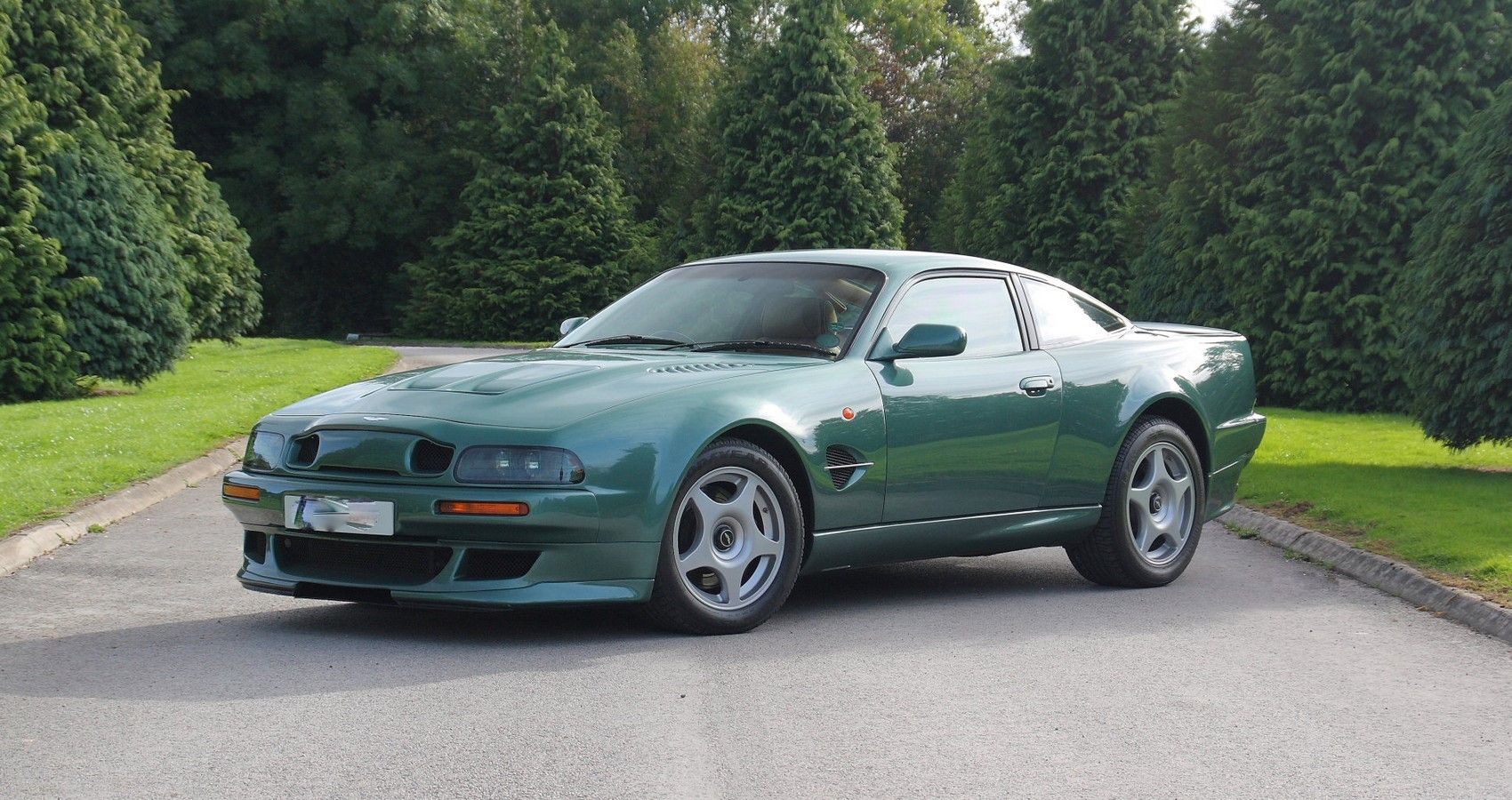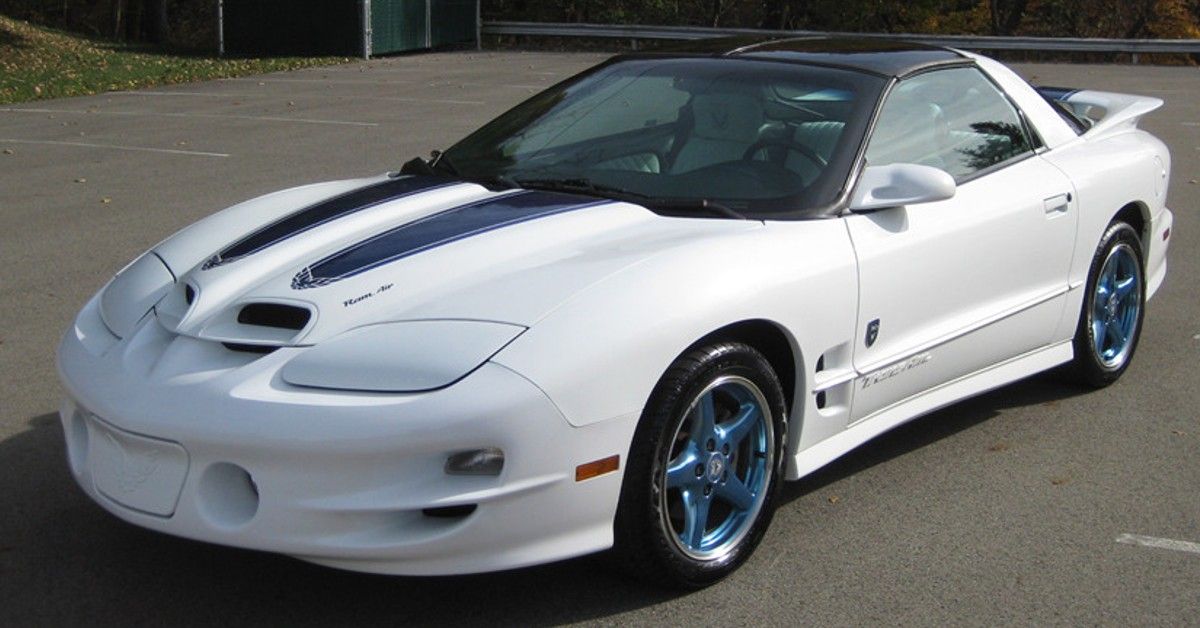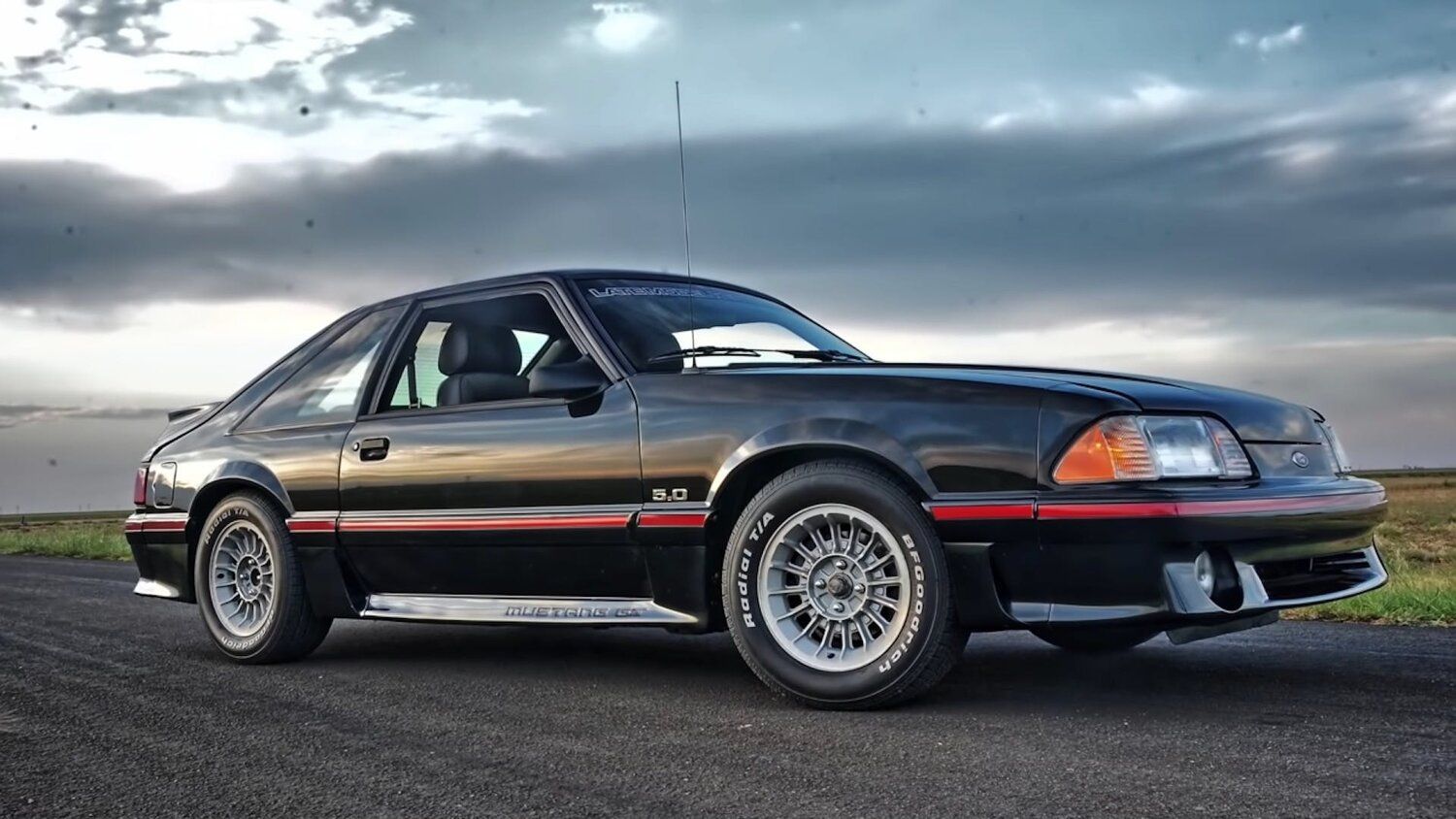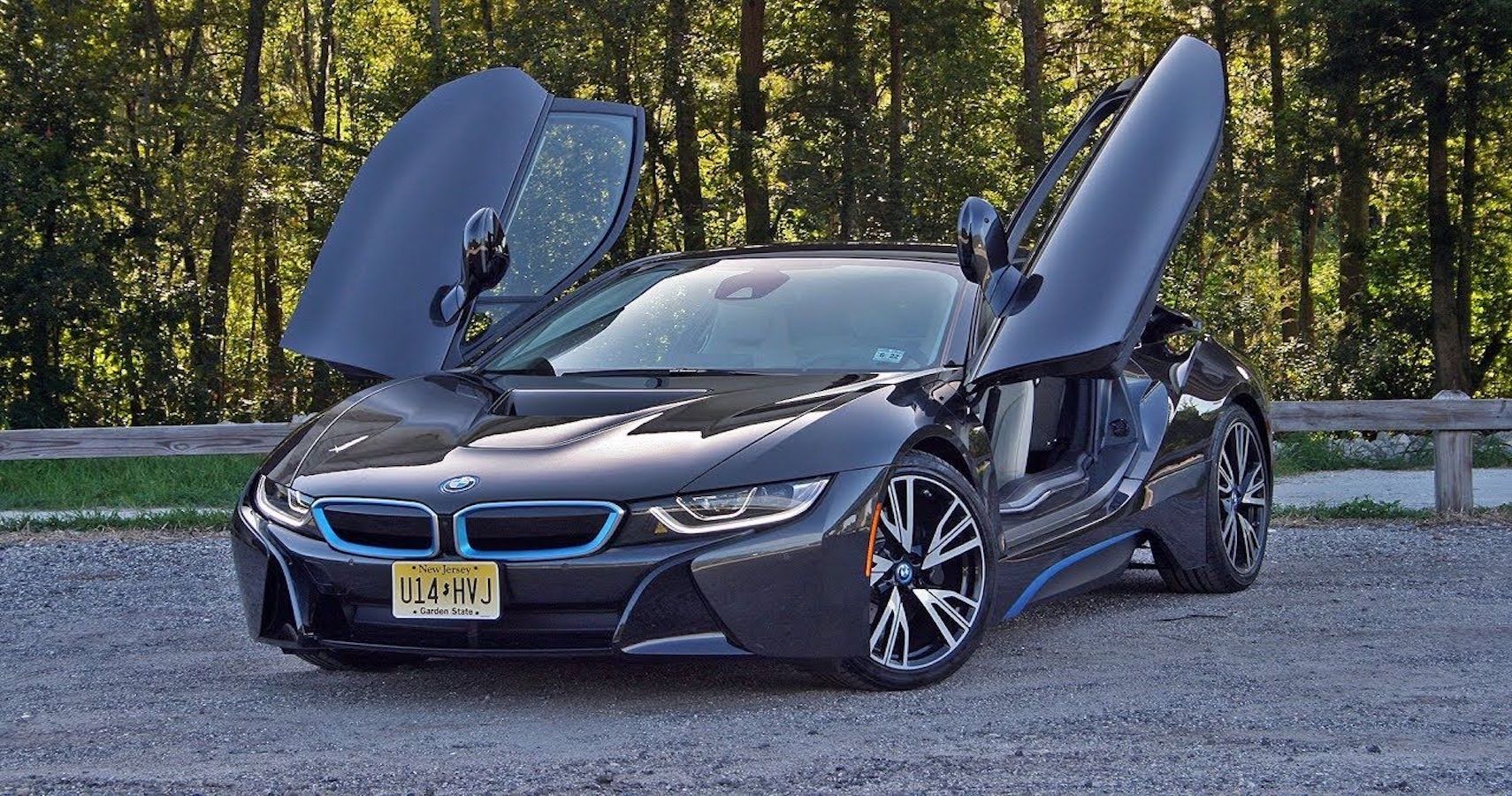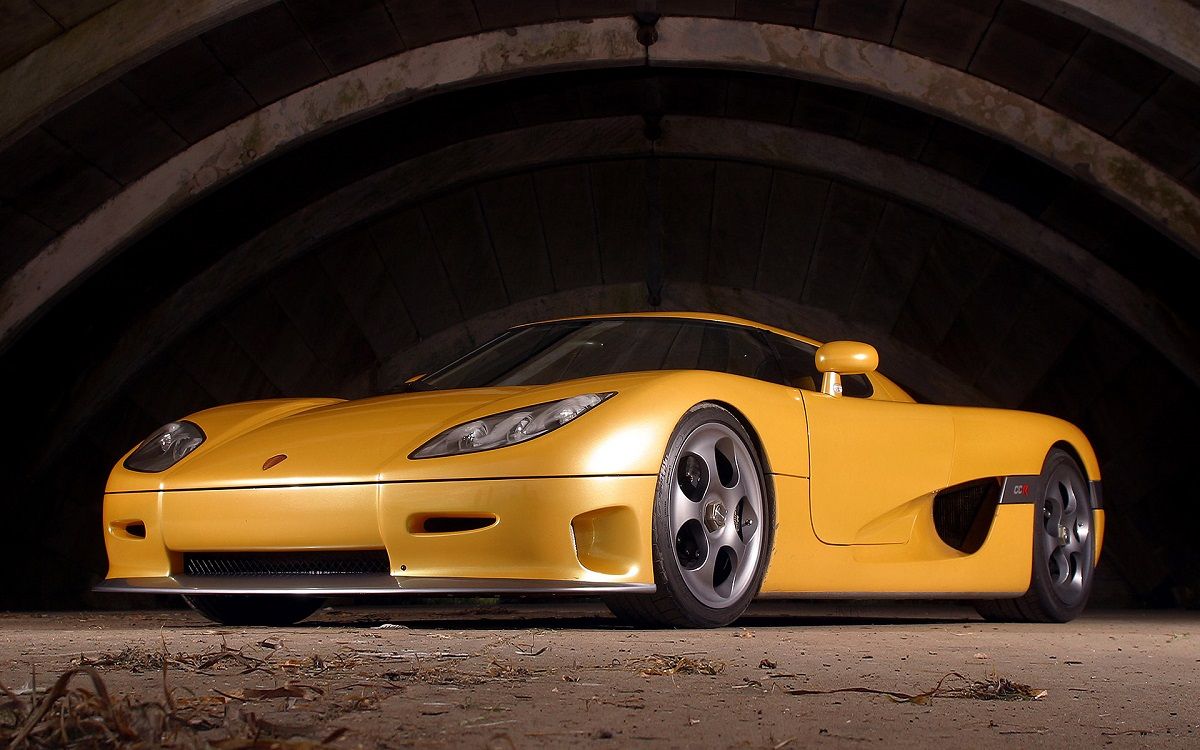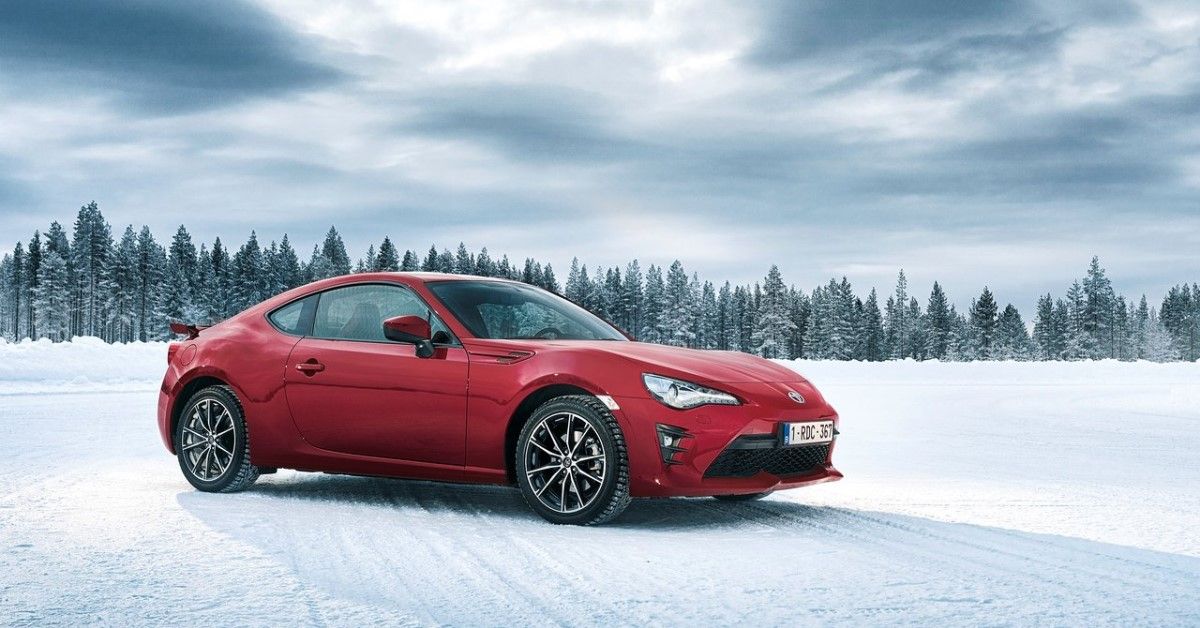In an ideal world, the perfect body is paired with the perfect engine to create the perfect sports car. For consumer vehicles, a lot of thought goes into the platform, profitability, and consumer tastes. Sports cars are often passion projects. This means that there is more room for failure.
The engine is the most important part of a vehicle. A boring suspension is manageable. However, if your engine is breaking down every second week, or it is underpowered for the car, the car will get no love from you.
Sports cars are meant to push the boundaries of engineering. Manufacturers use them as testing platforms to improve their consumer vehicles. Sometimes, it just doesn’t work. Manufacturers get the design spot on, but the engine, not so much. In this list, we look at the best-looking and best-driving sports cars with terrible engines.
10 Ferrari Testarossa (Ferrari Tipo 180-degree V12)
The flagship Ferrari at the time, many fans were disappointed by the Testarossa. It was hailed by critics as the best-looking car of the ’80s and is a certified icon. However, most people who drive and own it will tell you it drives terribly.
The engine plays a major role in this. The V12 is heavier than earlier Ferraris and forced Ferrari to squash the transmission under the engine. A higher center of gravity means more body roll and poor cornering, all things we know the Testarossa for.
9 BMW M1 (3.5-Liter M88/1 Straight-6)
The first M car. Designed by Giugetto Guigiaro, the M1’s sleek looks are more reminiscent of the Lamborghini Countach than a BMW. When it comes to the engine, it is underpowered and unreliable. Powered by a BMW straight-six, the engine produces 273 hp and gives the M1 a 0-60 mph time of 5.8 secs. In today’s money, it would have retailed for $450,000.
It was manufactured for 3 years between 1978 and 1981 before being discontinued. Today, the M1 is a classic car, mainly because it is the first BMW M car.
8 Pontiac Fiero ( 2.5-Liter LR8 Straight-4)
92 hp. That is all that the Pontiac Fiero LR8 put out. Although it looks like a Ferrari, it is the furthest thing from a Ferrari. GM opted for this iron block rather than developing a new engine. Old-school carburetted fuel injection and an overhead valve design kept the power output low.
The Fiero would kick-start the decline for Pontiac. Regardless, the Fiero’s body remains prized among car fans, with many choosing to swap the underpowered Pontiac engine for an LS3.
7 Porsche 924 (2.0-Liter VW Straight-4)
The oil crisis of the ’70s meant consumers needed economical cars. When Porsche brought out the 924, consumers are critics alike were disappointed. A 2.0-Liter straight-four produces 95 hp and gives the 924 a 0-60 mph time of 8.2 seconds.
Of course, the 924 Turbo would revive the platform and produce 177 hp, which would relegate the base 924 to history. However, fuel economy and the sleek body shape made the car quite popular among sports car fans.
6 Aston Martin Vantage Le Mans (5.3-Liter V8)
The Le Mans version of the 1990’s Virage Vantage. It upped the power from 500 hp to 600 hp with twin-turbochargers and added a wide-body profile. Of course, it was quick with a 0-60 mph time of 4.3 secs.
Reliability is the main issue with this engine. Increasing the power made these engines notoriously unreliable. The car is fairly rare with 60 models produced. So parts availability makes it a nightmare to own.
5 Pontiac Firebird Trans Am GTA (5.7-Liter LT1 V8)
Sold between 1992 and 2002, this was the fourth and last generation Trans Am. The flat body and hood scoop made it look modern, while it was one of the last cars to retain pop-up headlights. However, the early models retained an LT1 V8, the C5 Corvette engine, making 305 hp.
The engine was underpowered for a 3500-lb car. It was updated later in the car’s lifecycle, but only by 30 hp.
4 Ford Mustang (255 Windsor V8)
1979 brought a second oil crisis for American car manufacturers. The bigger 5.0-liter V8 was discontinued in favor of a smaller 4.2-liter V8. This engine only produces 120 hp.
Given its 0-60 mph time of sub 10 seconds, Ford only used the platform for another 2 years. They took the muscle out of a muscle car. Of course, it is still loved by the car community for its low-profile and strong looks.
3 BMW i8 (BMW 1.5-Liter 3-Cylinder)
The spiritual successor to the BMW M1. BMW produced the i8 to bring dynamism to their new electric product line. The scissor doors, sharp lines, and aggressive looks make it standout.
However, instead of opting for a full-electric power train, the i8 uses a 369 hp 1.5-liter 3-cylinder and an electric range extender. With a 0-60 mph time of 4.4 seconds, it is relatively slow when paired with its supercar looks.
2 Koenigsegg CCR (Ford Modular V8)
Koenigsegg makes some of the fastest hypercars on the market. However, every car company needs to start somewhere. Designed by Christian Von Koenigsegg, the CCR uses an 800-hp Ford Modular V8.
The Dihedral doors and slim profile improve aerodynamics. Although the engine was modified when compared to the CC8S, it is fairly unreliable because of the massive power it produces. Twin superchargers increase internal engine pressure.
1 Subaru BRZ/Toyota GT86 (D-4S Boxer-4)
After a 10-year hiatus, Toyota returned to the sports car scene with the GT86. Critics praised the looks. Toyota took some styling cues for the sharp headlights from their Lexus brand. However, the engine was a Subaru boxer-4.
Tuning was conducted by Toyota, but it doesn’t help the engine much. With a 0-60 mph time of 6.4 seconds and only 200 hp, the car is underpowered. Of course, the tuning potential is there as the engine is naturally aspirated, but the stock experience is not nearly good enough.
Sources: Manufacturer’s pages, Consumer reports, Owner’s Forums, Top Gear.
